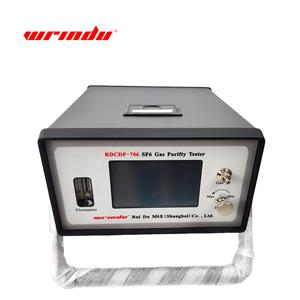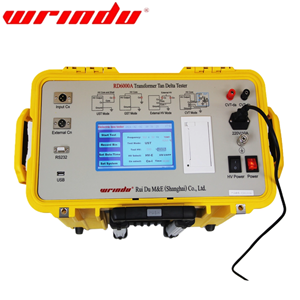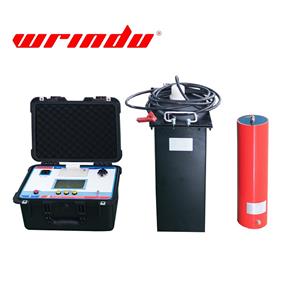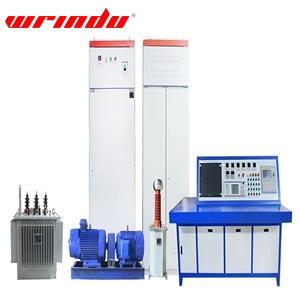what is iec standards for tan delta test
What is IEC standards?
IEC standards are internationally recognized guidelines developed by the International Electrotechnical Commission (IEC) to ensure the safety, performance, and interoperability of electrical and electronic devices. These standards cover a broad range of technologies, including power generation, transmission, distribution, consumer electronics, and medical devices. The primary aim of IEC standards is to facilitate international trade, guarantee product reliability, and ensure systems and devices can work together seamlessly. Developed through a consensus-based approach involving experts from various countries, IEC standards are widely adopted across the globe, often forming the foundation for national and regional regulations, thereby ensuring access to international markets.
What is IEC standards for tan delta test?
IEC 60851-5 outlines the procedure for measuring the dielectric tangent (tanδ) of enamel wire, which is essential in evaluating the performance of motor windings. Enamel wires, commonly used in motor windings, undergo dielectric tangent testing as part of both research and development (R&D) by enamel wire manufacturers and acceptance inspections by motor manufacturers. The dielectric tangent (tanδ) serves as an indicator of energy loss within a material—higher values indicate greater energy loss, which leads to increased heat generation and accelerated degradation of insulating materials.
To ensure efficient and durable motor performance, particularly in electric vehicle (EV) applications, manufacturers focus on using enamel wires with a low dielectric tangent. These motors often operate under high-frequency conditions and temperatures exceeding 200°C. Therefore, the ability to measure the dielectric tangent under varying temperature and frequency conditions is critical for ensuring the longevity and efficiency of motor windings in such demanding environments.
Dielectric tangent testing based on lEC 60851-5
IEC 60851-5 specifies testing methods to assess the electrical performance of enamel wires, including the measurement of dielectric tangent (tan δ), also known as the dielectric loss factor test. This test evaluates the quality of the insulation layer by measuring the energy lost as heat when the wire is subjected to alternating voltage. The dielectric tangent value indicates the ability of the insulation to withstand electrical stress and resist leakage current. Higher values suggest poorer insulation performance.
The testing equipment produced by RuiDu utilizes a high-power switching power supply that outputs pure sine waves at 45Hz and 55Hz, with automatic voltage control up to 10 kV. It also filters out 50Hz interference, making it ideal for field tests in high electromagnetic interference environments, such as substations. This equipment is widely used in the power industry for measuring dielectric losses in equipment like transformers, current transformers, bushings, capacitors, and surge arresters.
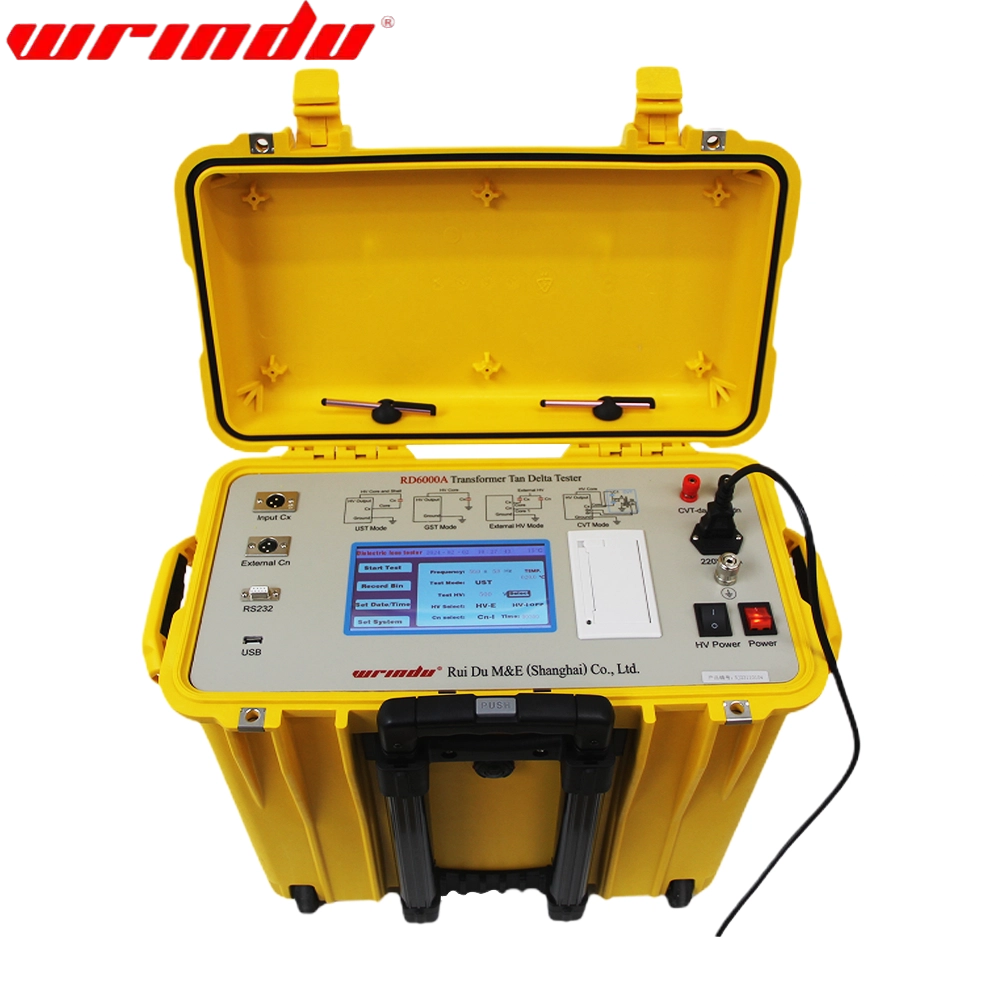
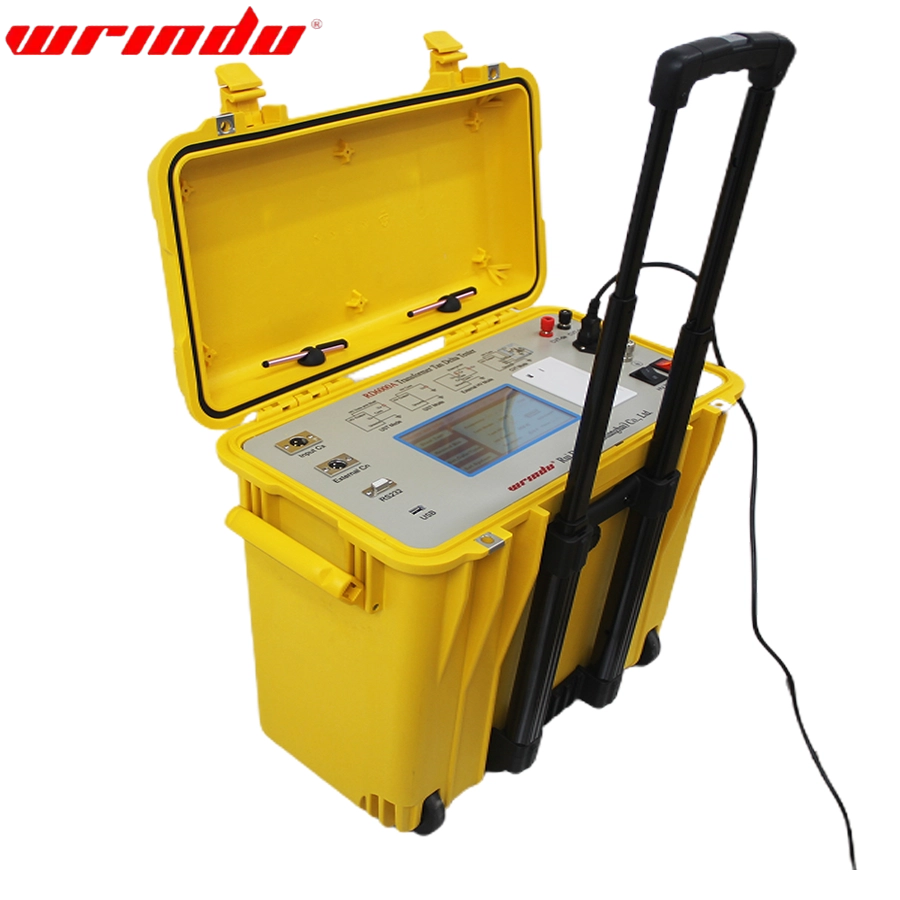
Find more information about test equipment.
You may also like:
What is the tan delta test on a transformer?
You may not know about tan delta test.

